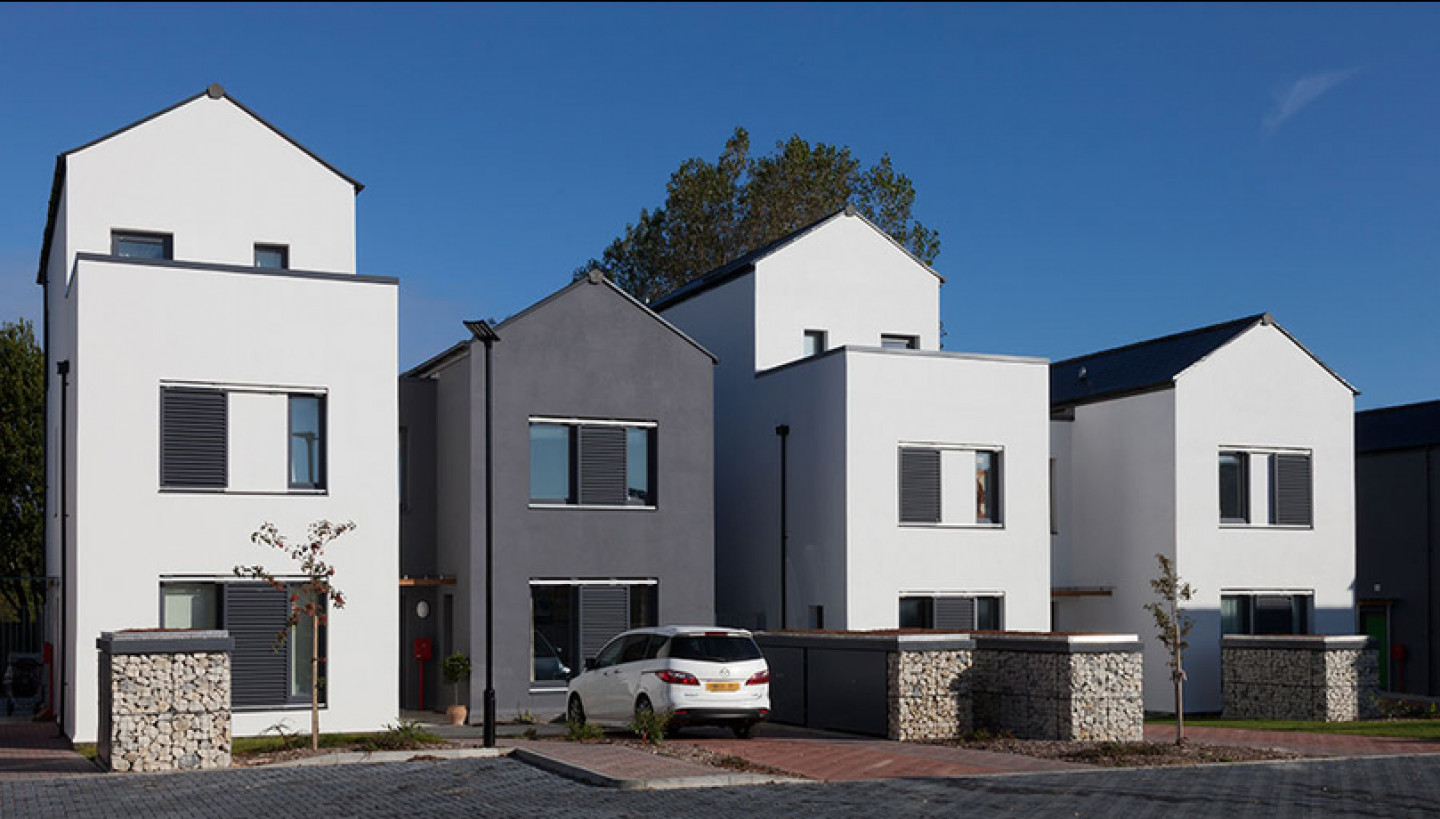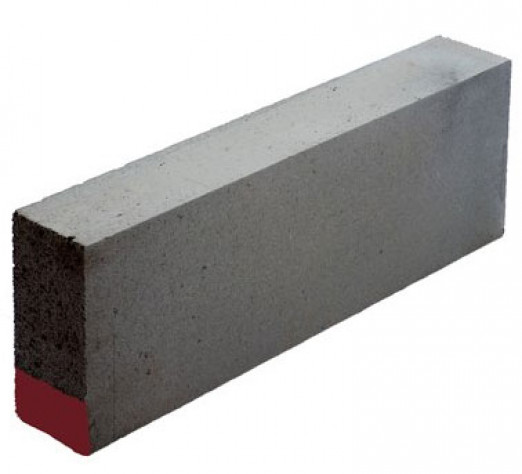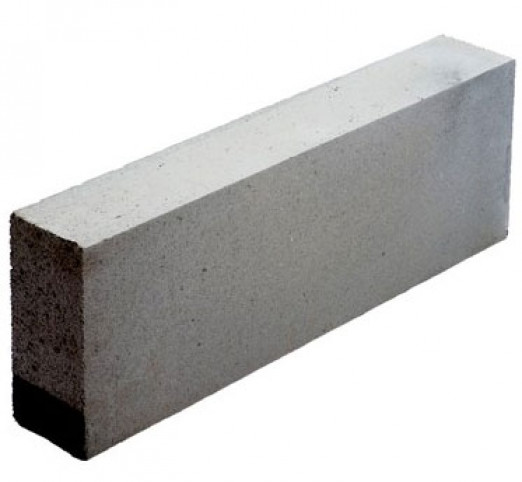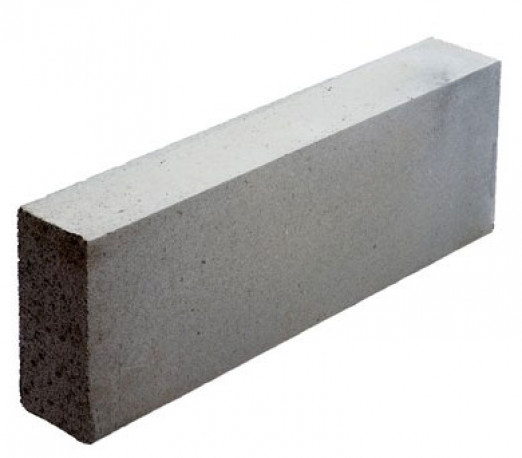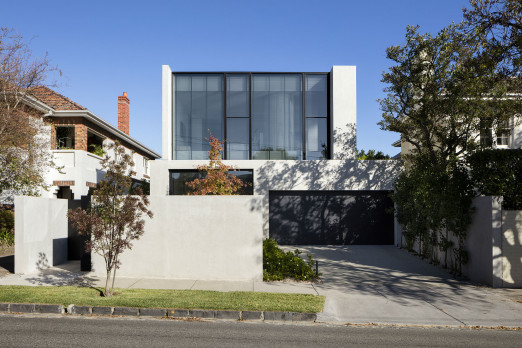The demand for Aircrete blocks has been steadily growing over the past few years. This can be thanked by a combination of the change in building regulations (Part L 2013) and a housing crisis that has led to strong growth in the residential sector.
With Part L 2013 putting more emphasis on the requirement of an even more thermally efficient fabric, through compliance with the Fabric Energy Efficiency Target (FEE) Aircrete blocks have become the preferred choice to achieve lower U-Values and better PSI Values (Thermal Bridging/heat loss at junctions) and an overall easier route to compliance.
The pace of the industry growth and a lack of raw materials have started to cause a shortage of Aircrete blocks, unwelcome bad news which is slowly rippling through the construction industry.
Pulverised Fuel Ash (PFA) is the main waste product from coal fired power stations and this raw material is integral in the production of most Aircrete blocks in the UK. This lack of material could similarly impact on other concrete blocks, cement and ready mix concrete as these products also use PFA.
A handful of factors have combined to see levels of PFA production drop. A mild winter has reduced the overall level of electricity generation in the UK, lower gas prices has seen electricity generators burn less coal and more gas and as we drive ourselves forward to a greener energy infrastructure reliance on coal power has diminished and will continue to do so.
There is potential to import PFA from coal fired power stations across Europe, but this has never been needed before so the transportation network and infrastructure just isn’t there yet. For now, the most important thing to do is be aware and plan ahead.
A change from Aircrete blocks to a denser block will ultimately see a rise in emissions through high heat losses through the walls and the junctions. This will cause some buildings to fail to meet the Emission and FEE targets, where previously the design assessment was compliant. Compliance with Part L can still be achieved with a change in blockwork as long as the assessor is informed early enough to propose ways to offset the additional CO2 and heat losses.
So the advice is to anticipate the shortage and to begin to design denser blocks into your SAP and SBEM calculations as early as possible.

Marcus Eves
Sustainability Consultant, Darren Evans Assessments
